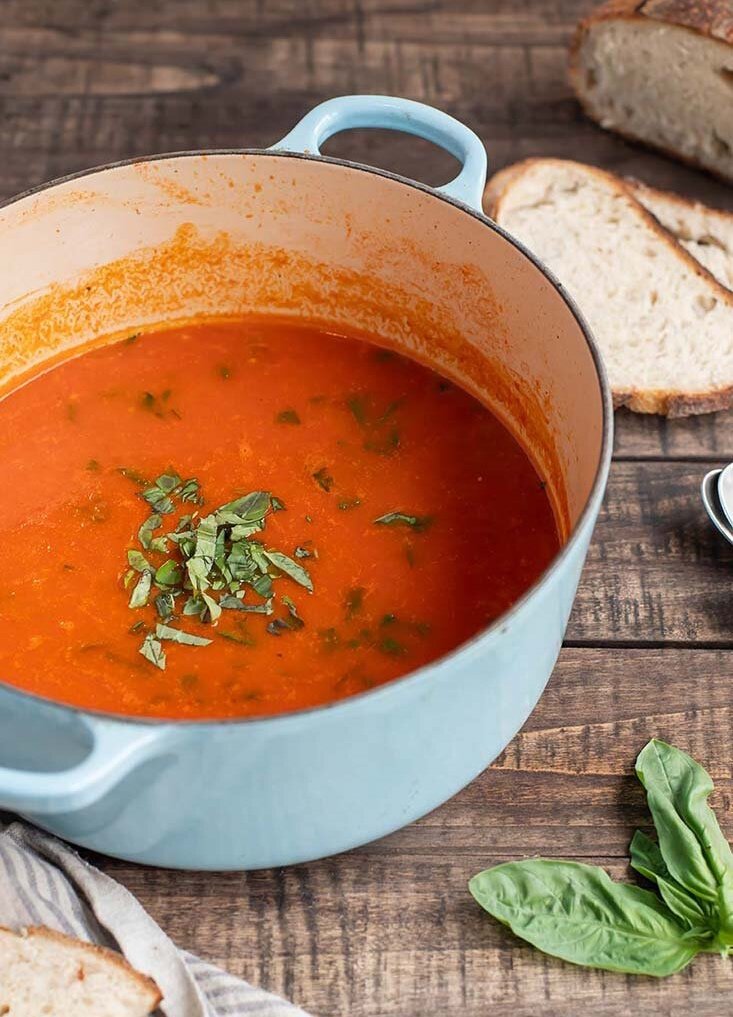Arugula, Peach & Piquillo Pepper Salad with Goat Cheese
/This time of year, just walking by the peaches at the market is enough to get my mouth watering, their sweet scent wafting yards away. Their flesh is tender -- almost too tender, you can't pack them away- and their juice is sweeter than pie. My favorite peaches are those grown on the Western Slope of Colorado. Palisade Peaches are worth every penny and the wait all summer for their peak season.
Have you heard the saying "what grows together goes together?" This salad is further proof it's true: peppers are also a late-summer crop, and in this salad piquillo peppers are a perfect "pop" of flavor. Piquillo peppers are a little bit sweet but with a smokey, spicy edge. They match the brightness of peaches, with out overshadowing them.
The combination of peaches and sweet peppers is pretty much begging for a bed of arugula. Arugula is a tad bitter, which balances out the other sweet ingredients. It keeps this salad from getting too sweet. It's delicate and leafy.
The final touch is goat cheese, which adds a streak of richness that makes this salad oh so satisfying. It's soft enough that it just barely begins to melt away as you pour the dressing in, emulsifying and cream-ify-ing the entire thing. It also cuts through the pepperiness of the arugula, and is the ingredient in this salad that brings it all together.
Arugula, Peach & Piquillo Pepper Salad with Goat Cheese
Serves: 4 | Total Time: 20 minutes
Ingredients:
Directions:
- In a large salad, bowl, combine arugula, sliced peaches, peppers, and onion. Sprinkle goat cheese over top.
- Just before serving, drizzle with balsamic dressing to taste.















